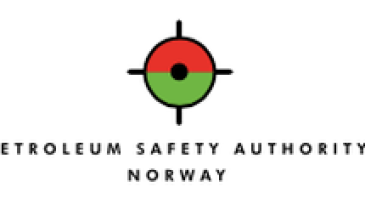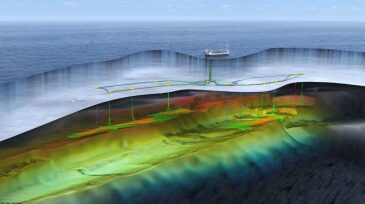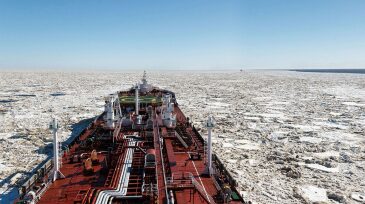arctic/extreme environments
-
Norway hopes for a continued rise in offshore exploration and development activity to ensure steady oil and gas production through the next decade.
-
On 21–22 March, The Petroleum Safety Authority Norway (PSA) held the Arctic Safety Conference. Now, the PSA has made several of the presentations available for download.
-
Congress is close to lifting a 40-year-old ban on energy development in Alaska’s Arctic National Wildlife Refuge, but drilling for oil in that frozen wilderness may still be years away as the effort faces exhaustive environmental reviews and likely lawsuits.
-
Statoil has submitted a long-awaited development plan for what will become Norway’s northernmost development.
-
Rutter, Statoil Canada, and the Government of Newfoundland and Labrador completed a collaborative research and development (R&D) project aimed at improving offshore oil and gas operations in harsh environments with ice conditions.
-
Cost and delivery of long-distance natural gas pipelines to a distant liquefaction facility at a warm-water port has become excessive, and environmental restraints have been increasing. An alternative is an offshore ice-resistant LNG port accommodating a new class of LNG transport vessels.
-
To reduce the risks to arctic pipelines from natural or geologic hazards, a more sophisticated approach to routing compared to traditional methods based on only the shortest length of pipe or connectivity to existing infrastructure is needed.
-
As the design methodologies evolve for arctic pipelines, strudel scour, permafrost thaw settlement, and ice gouging need to be factored in with environmental and geotechnical data, limit states, and trenching and backfilling activities.
-
New approaches to arctic activities include a concept for an offshore ice-resistant LNG export terminal, the design of subsea pipelines, and the optimal routing for the pipelines to mitigate the unique risks in arctic regions such as ice-gouging and permafrost thaw.
-
Gazprom’s third pipeline to course through the Arctic further decreases Russia’s dependence on using Eastern European countries as thoroughfares to export its gas to markets in Western Europe.









